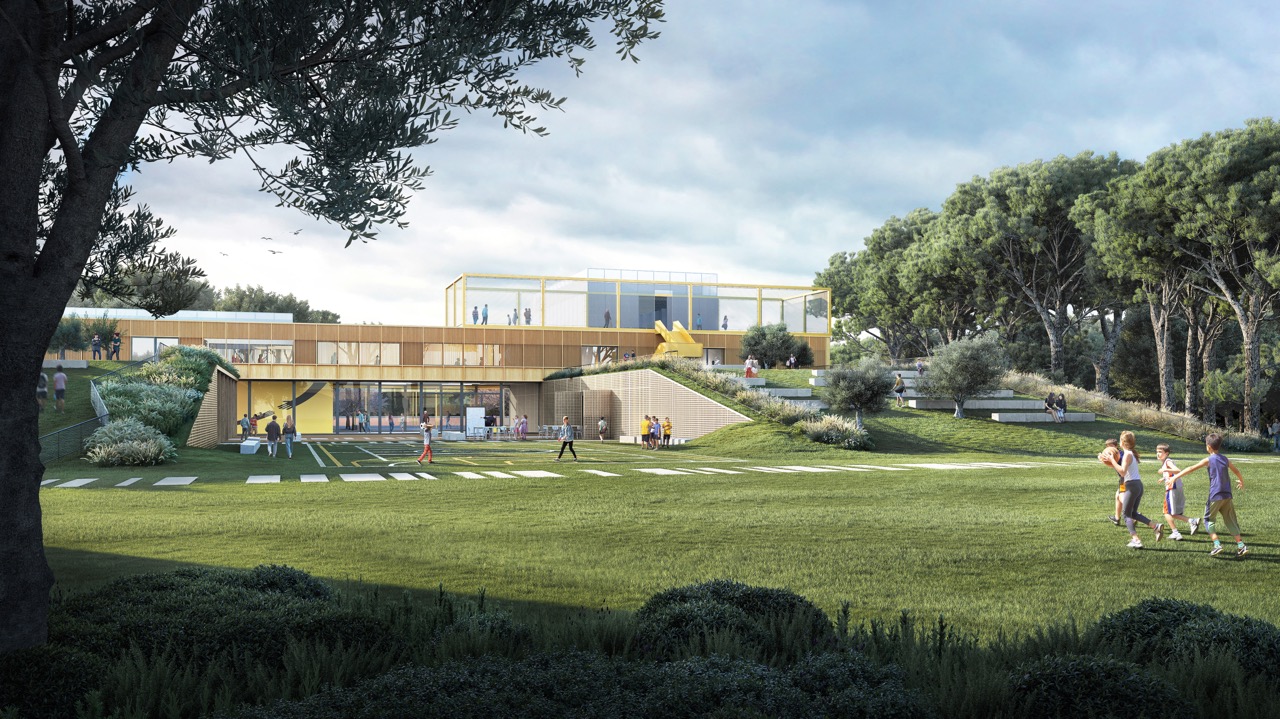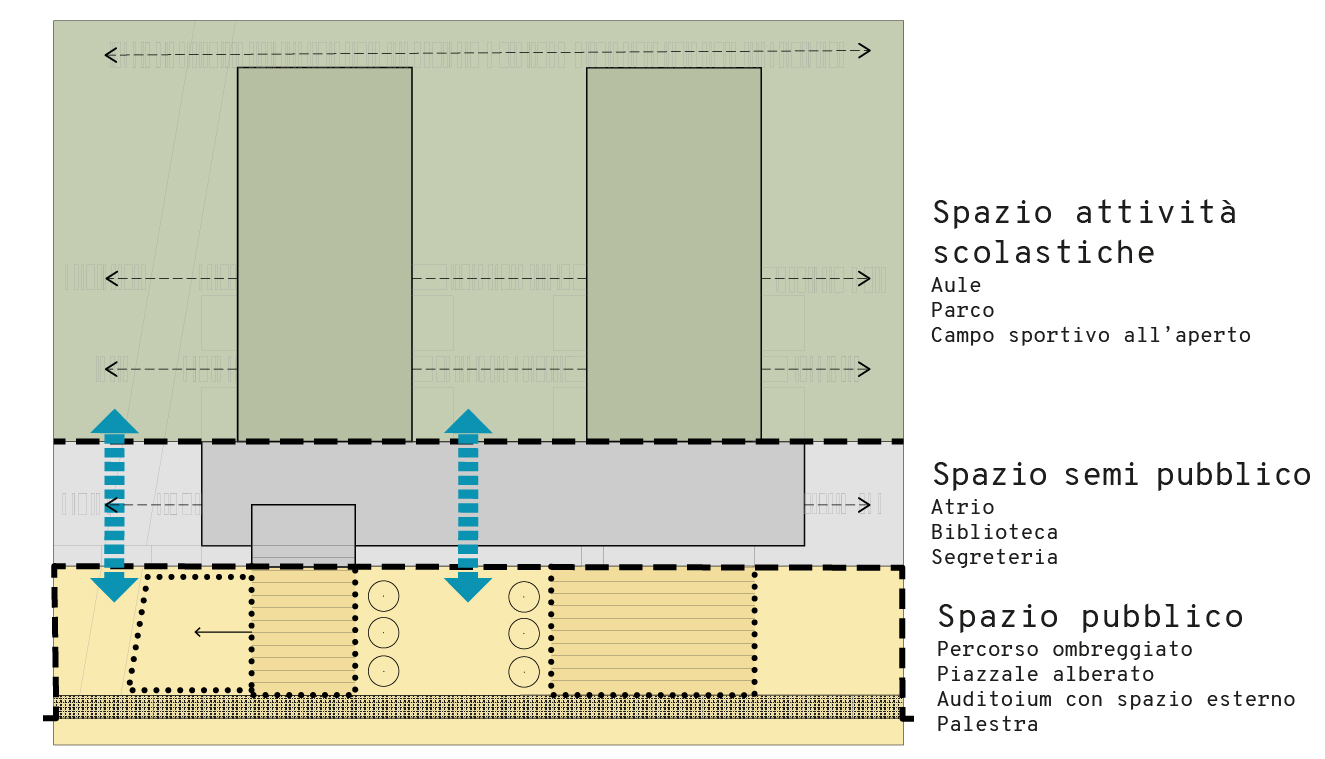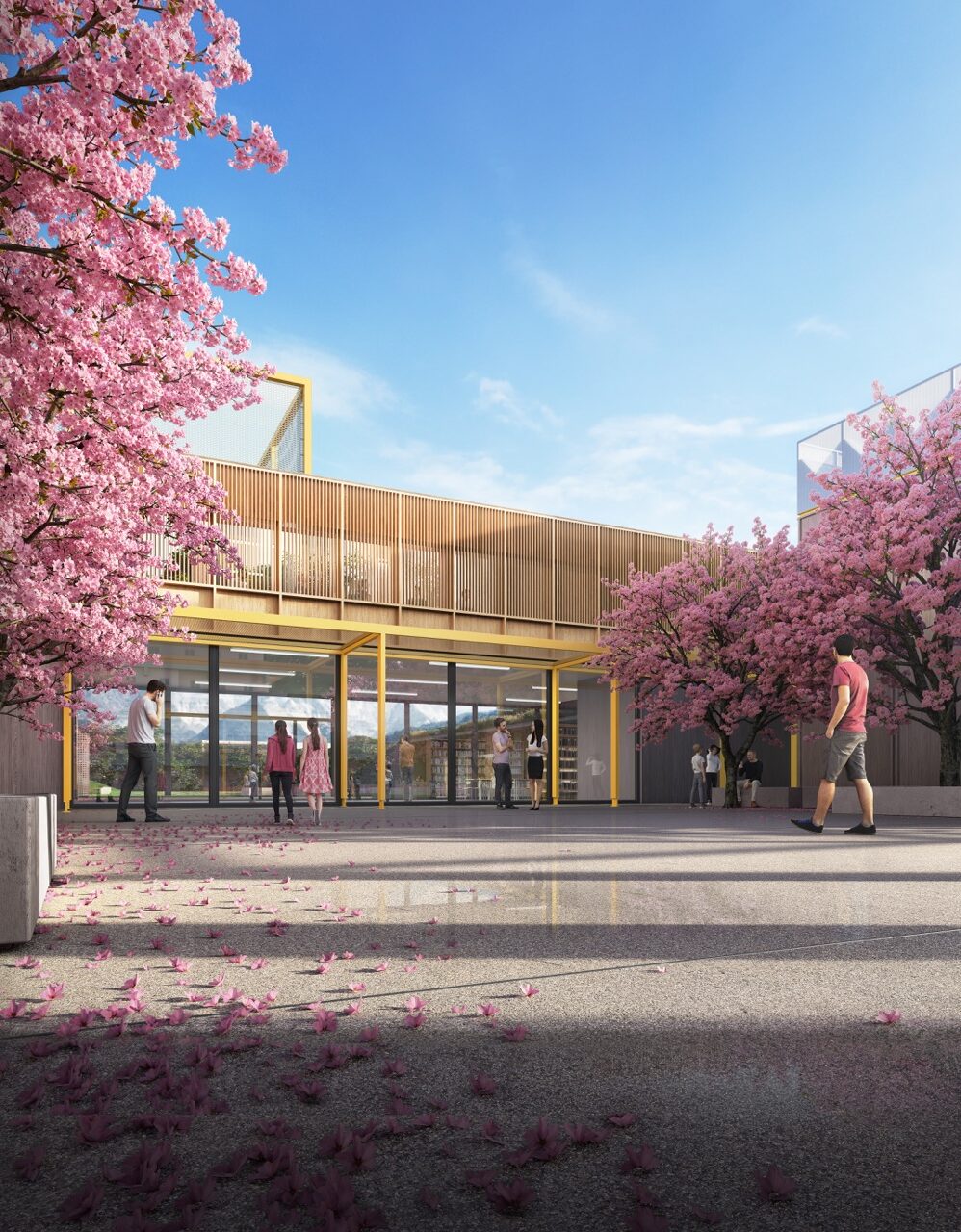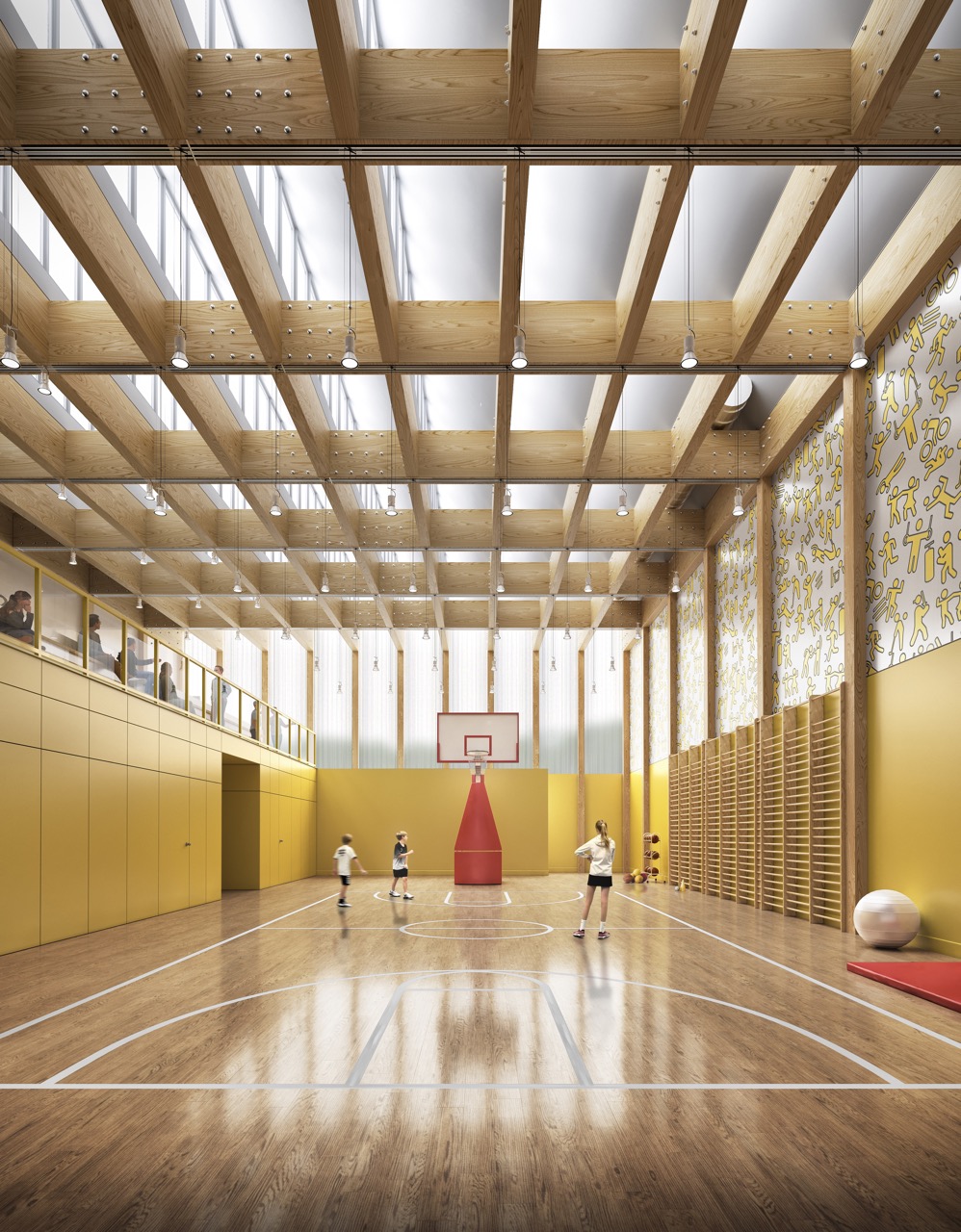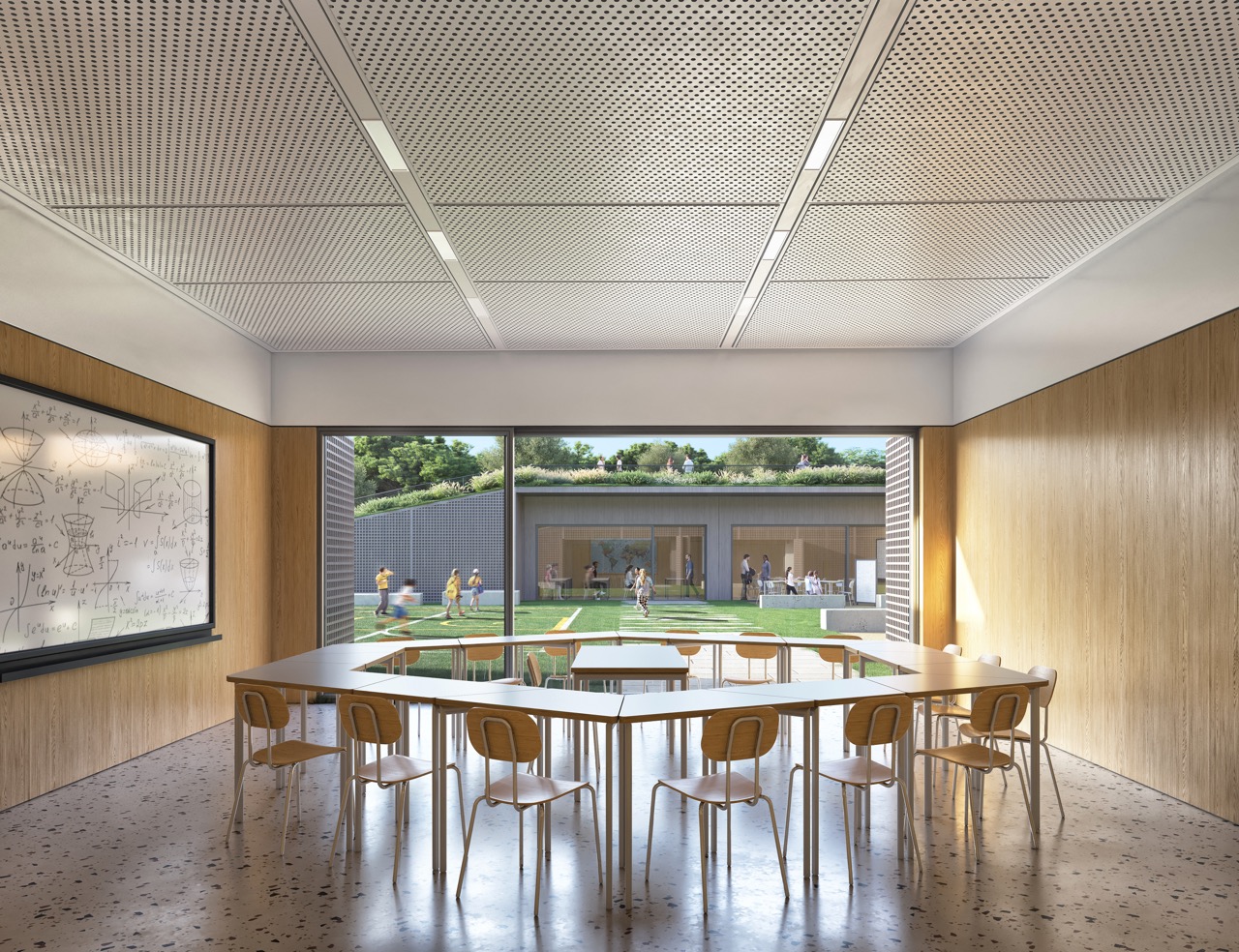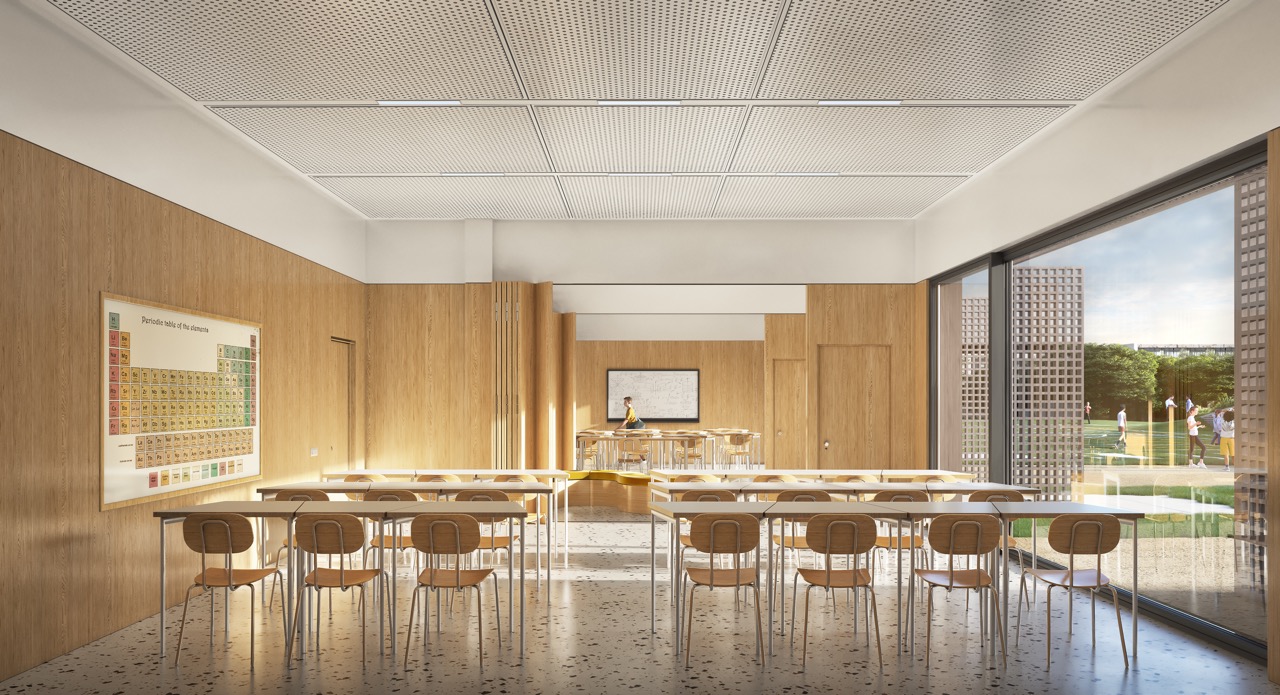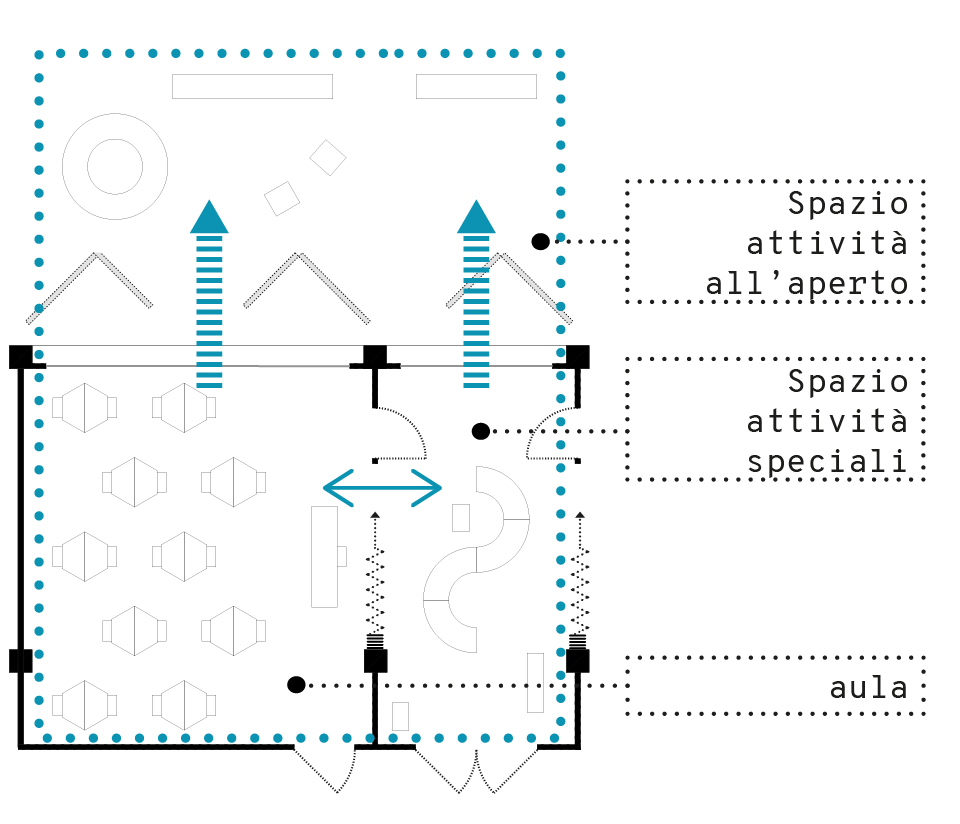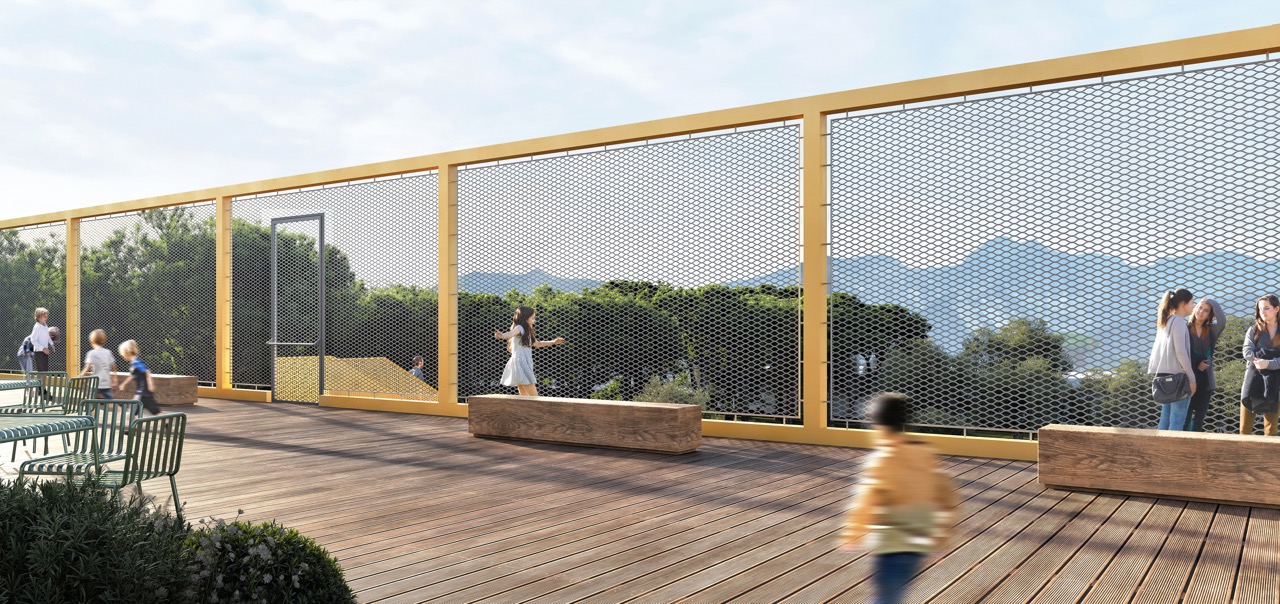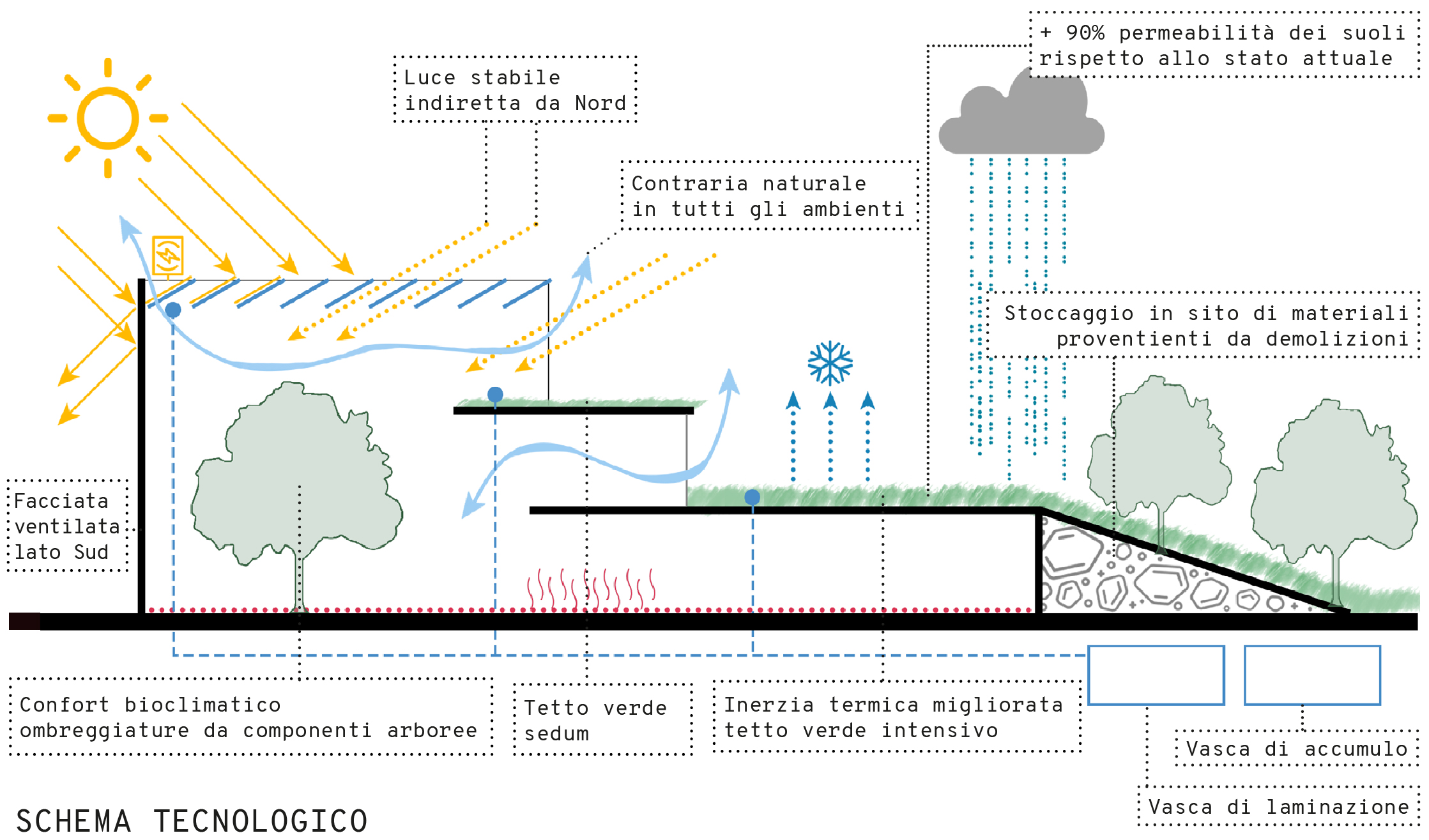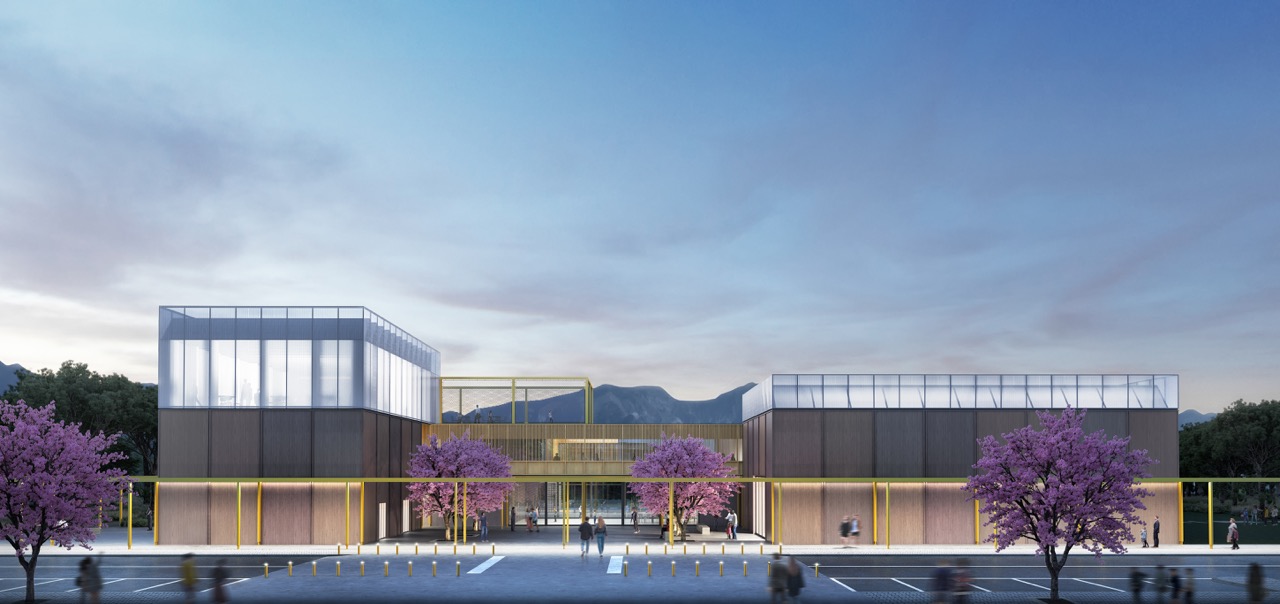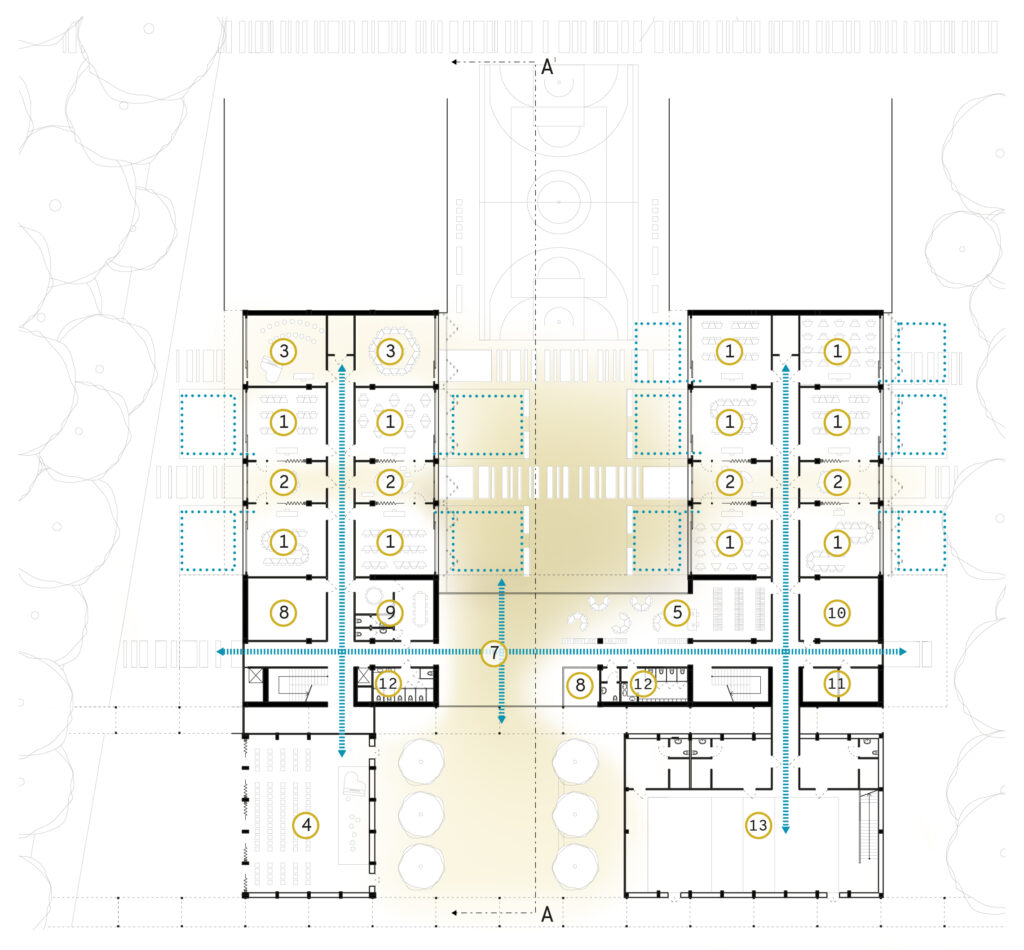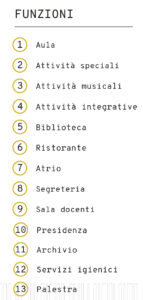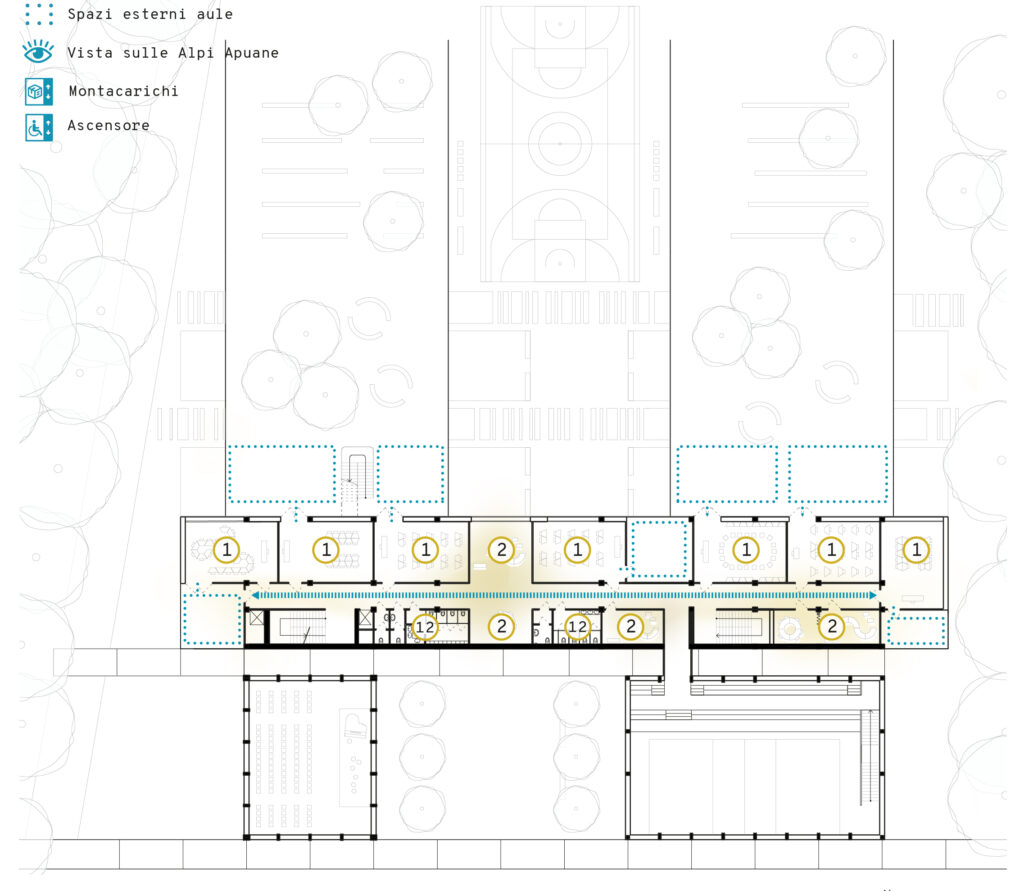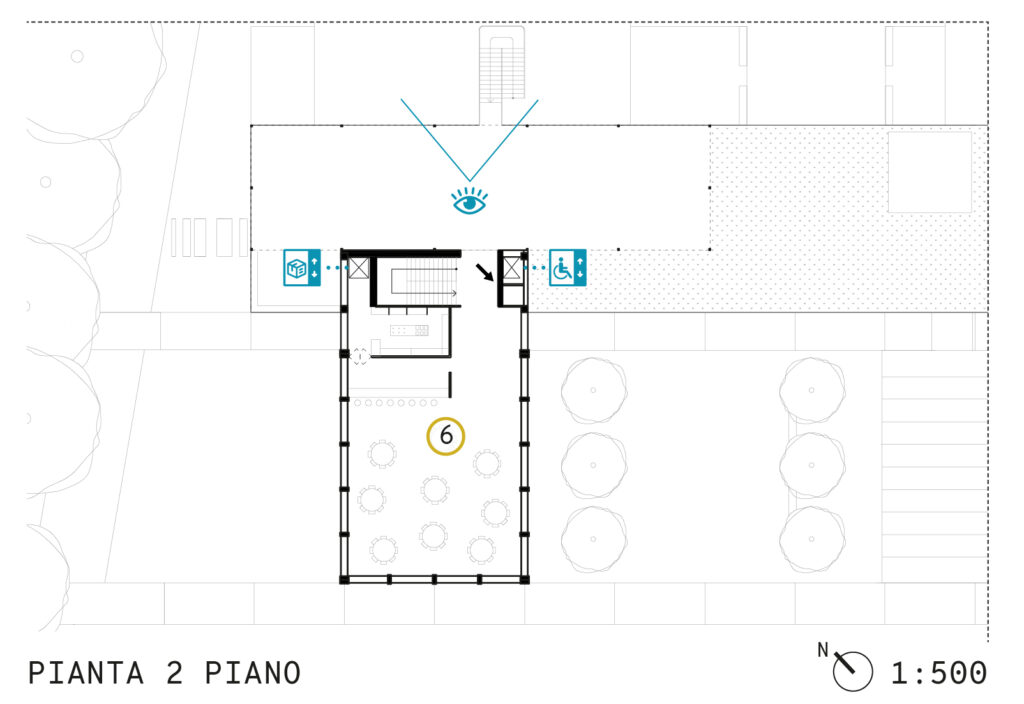The school is located in the municipality of Carrara. The project defines an architectural organism closely linked to the residential context: It is a building set between the city and the countryside and as such it relates to different spaces and lexicons according to the functional, aesthetic and landscape requirements. On the southern front, it overlooks the historic centre of Marina di Carrara and this proximity allows all the activities for collective use, such as the lecture hall, the gym and the library, to be placed in a new and prestigious urban space, paved and tree-lined. Thus the school opens out again on the city and is no longer hidden by a fence.
Sed ut perspiciatis unde omnis iste natus error sit voluptatem accusantium natus error sit omnis iste natus error sit voluptatem accusantium.
@2018. Select Theme All Rights Reserved.


